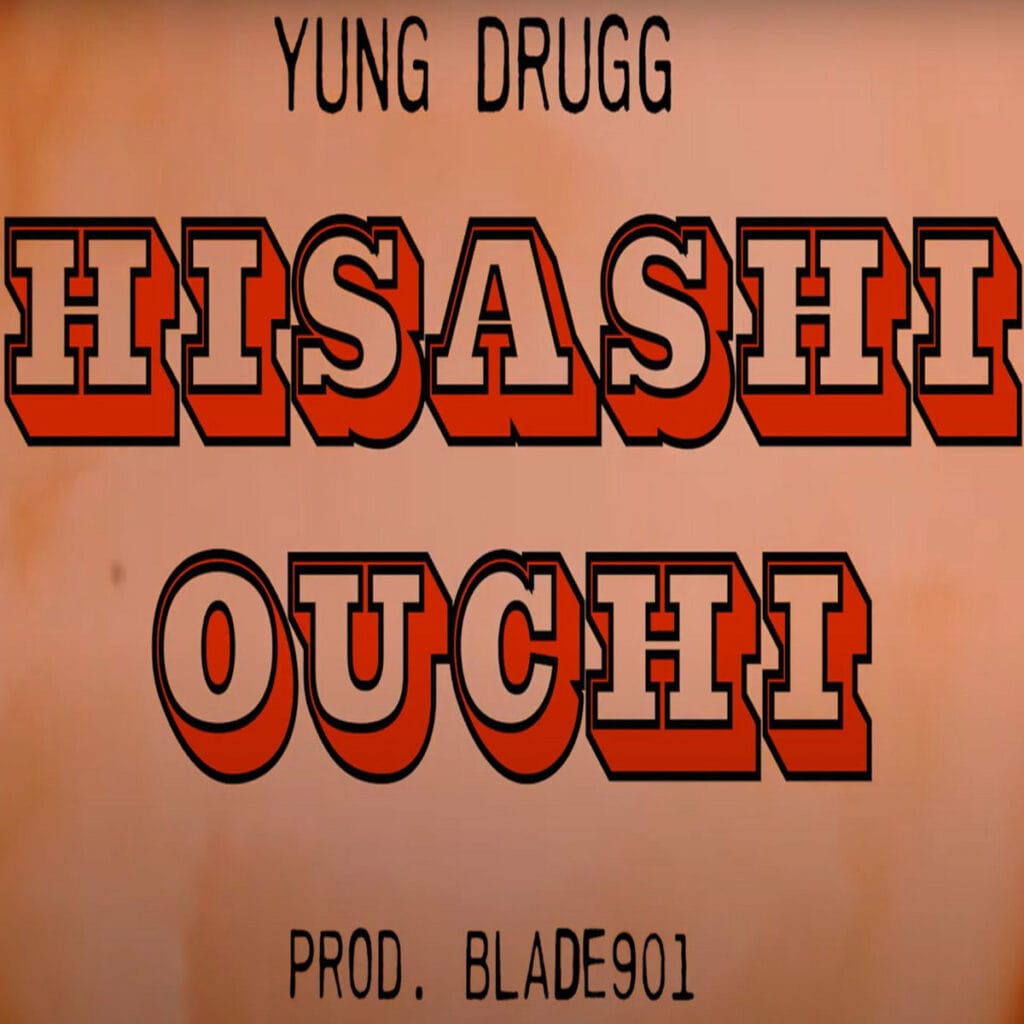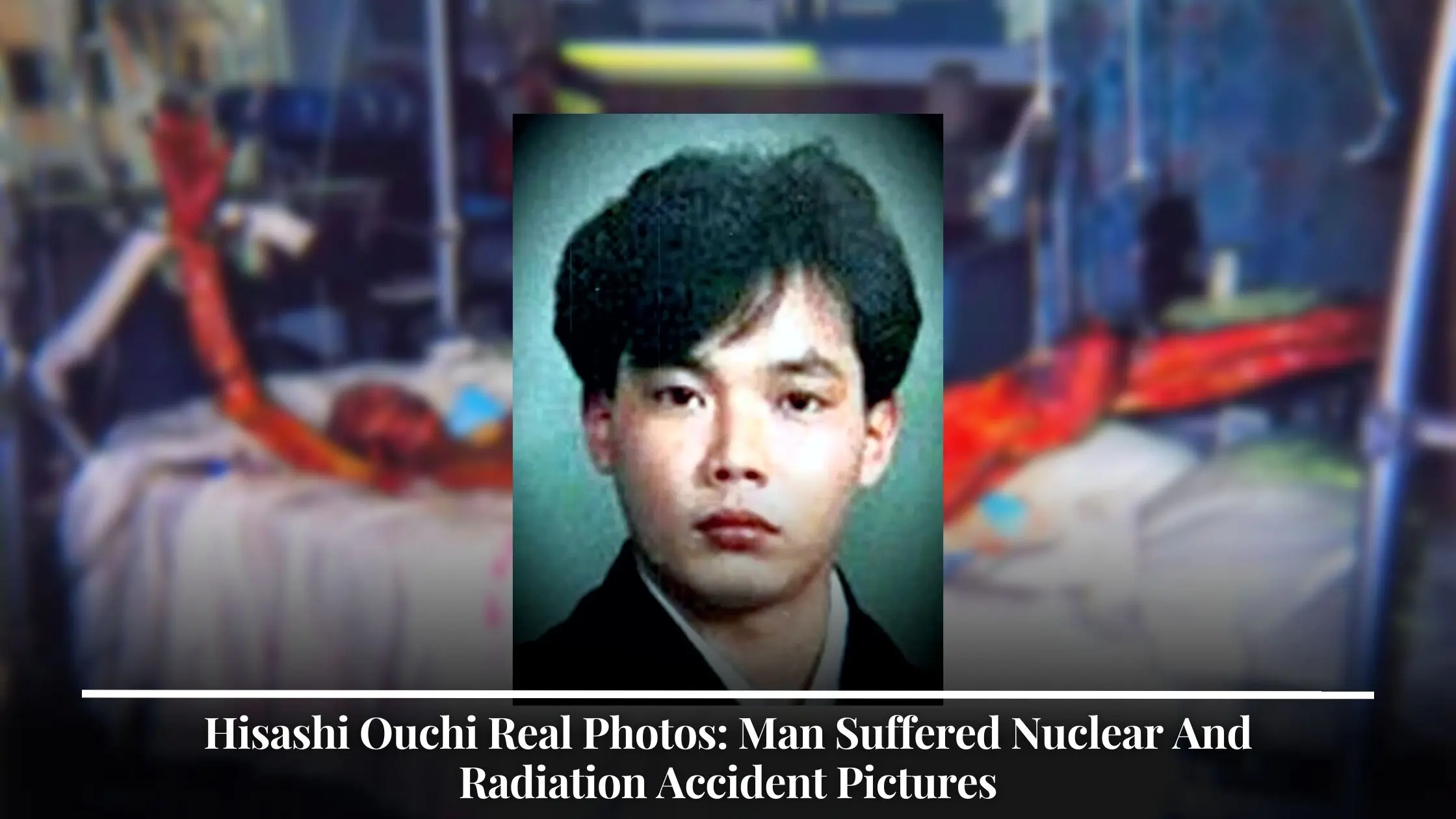Hisashi Ouchi: The Real Story Of A Nuclear Accident Victim
The tragic story of Hisashi Ouchi is a stark reminder, a very serious one, of the profound dangers that can come with mishandling nuclear materials. It's a tale that really pushes us to think about safety, about human limits, and about the ethical questions that pop up when things go terribly wrong. You see, his experience, in a way, shows us the incredible power of radiation and its devastating effects on a person.
Back in 1999, an accident at a nuclear fuel processing plant in Tokaimura, Japan, brought Hisashi Ouchi into the public eye, not for something he did, but for what happened to him. He, like his colleagues, was just doing his job, you know, when an unforeseen event changed everything. It’s a moment that, frankly, serves as a grim lesson for the entire world.
This article will shed light on the true events surrounding Hisashi Ouchi, his harrowing ordeal, and the lasting impact his case has had on medical ethics and nuclear safety protocols. We'll explore the real human cost of such an incident, because, as a matter of fact, it's a story that needs to be told accurately and with sensitivity.
Table of Contents
- Hisashi Ouchi: A Brief Look at His Life
- The Tokaimura Criticality Accident: What Happened
- Hisashi Ouchi's Ordeal: The Unimaginable Suffering
- Lessons Learned and Lasting Impact
- Frequently Asked Questions About Hisashi Ouchi
Hisashi Ouchi: A Brief Look at His Life
Hisashi Ouchi was a technician, a man in his mid-30s, working at the JCO nuclear fuel processing plant in Tokaimura, Japan. He was, you know, just an ordinary person with a job that, unbeknownst to him, carried extraordinary risks. His story, sadly, became a public record not because of his life, but because of its abrupt and tragic turn.
He was, in fact, one of three workers directly involved in the accident, but his exposure to radiation was, frankly, the most severe. Before that fateful day, there was nothing particularly remarkable about his public profile, because, like many, he was a private individual.
Here are some of the known details about Hisashi Ouchi, for context, you know, to give a bit of a picture.
| Detail | Information |
|---|---|
| Name | Hisashi Ouchi |
| Occupation | Technician at JCO nuclear fuel processing plant |
| Age at Accident | 35 years old (approx.) |
| Date of Accident | September 30, 1999 |
| Location of Accident | Tokaimura, Ibaraki Prefecture, Japan |
| Cause of Death | Multiple organ failure due to acute radiation syndrome |
| Survival Duration | 83 days post-accident |
His life, it seems, was pretty much like anyone else's before that day. He had a family, a job, and, you know, a normal existence. This makes his eventual suffering all the more poignant, because, in a way, it could have been anyone.
The Tokaimura Criticality Accident: What Happened
The Tokaimura accident on September 30, 1999, was, quite honestly, a grave error in procedure. It happened at a plant that converted uranium hexafluoride into uranium dioxide fuel. The workers were preparing a batch of fuel for a fast-breeder reactor, and they were, you know, rushing a bit.
Instead of using a mechanical pump to transfer a uranium solution into a precipitation tank, they manually poured it. This was, frankly, a significant deviation from established safety protocols. They used buckets, which, you know, is pretty much unheard of in such sensitive operations.
The critical mistake was pouring too much uranium solution, specifically enriched uranium, into the tank. This tank, as a matter of fact, was not designed to handle such a large quantity. It wasn't geometrically safe, meaning its shape could allow for a criticality event if too much fissile material was present.
When the amount of uranium reached a certain level, it formed a "critical mass." This means a self-sustaining nuclear chain reaction began, releasing a massive burst of neutron radiation and gamma rays. It was, in short, like a miniature nuclear explosion, but without the physical blast.
Hisashi Ouchi was holding a funnel, pouring the solution, and his colleague, Masato Shinohara, was nearby. Another worker, Yutaka Yokokawa, was in an adjacent room. They were, you know, right there when the blue flash of Cherenkov radiation signaled the start of the chain reaction. It was, arguably, a moment that sealed their fates.
The chain reaction continued intermittently for about 20 hours, emitting radiation into the surrounding area, until engineers managed to drain the tank. This was, in fact, a very dangerous situation for everyone involved, and it put the local population at risk, too.
Hisashi Ouchi's Ordeal: The Unimaginable Suffering
Initial Exposure and Symptoms
Hisashi Ouchi received an estimated 17 Sieverts of radiation. To put that in perspective, 8 Sieverts is typically considered lethal, so his exposure was, you know, incredibly high. He was, basically, exposed to more radiation than anyone in recorded history who survived for more than a few days.
Immediately after the accident, Ouchi felt intense pain, nausea, and began vomiting. His skin, in fact, started to show signs of severe burns, almost like a bad sunburn, but far, far worse. He, quite frankly, was in a state of shock, but still conscious.
His white blood cell count, a critical indicator of radiation damage, dropped to almost zero. This meant his body's immune system was, basically, completely destroyed. He was, in a way, utterly defenseless against any infection.
His chromosomes, the very building blocks of his cells, were, in fact, shattered. Doctors later found that they were too damaged to even be properly counted. This meant his body could not regenerate cells, which, you know, is essential for life.
He was rushed to the National Institute of Radiological Sciences, and then later transferred to the University of Tokyo Hospital. The medical team knew they were facing an unprecedented case, a very difficult one, because, as a matter of fact, they had never seen such extreme radiation damage in a living person.
The Medical Battle to Save a Life
For 83 days, doctors fought a truly incredible battle to keep Hisashi Ouchi alive. They performed experimental treatments, like stem cell transplants, using cells from his sister. This was, in some respects, their only hope to try and rebuild his immune system.
Despite the transplant, his body could not produce new blood cells. His skin, which had completely sloughed off, was, frankly, an open wound, oozing fluids constantly. He lost, like, an astonishing amount of fluid each day, requiring massive transfusions.
He underwent numerous skin grafts, but his body couldn't sustain them; the new skin just wouldn't take. His muscles wasted away, and his organs, one by one, began to fail. He was, in a way, kept alive by machines, by constant transfusions, and by the sheer will of the medical team.
At one point, he asked for the ordeal to end, saying he couldn't take it anymore. This was, you know, a very heartbreaking moment for everyone involved. The medical staff, in fact, had to continue treatment based on his family's wishes, which, honestly, raised some very serious ethical questions.
His heart stopped several times, but doctors resuscitated him, again and again. This was, arguably, a demonstration of medical dedication, but also, you know, a very painful prolonging of suffering. His body was, basically, breaking down from the inside out, and there was, apparently, no way to stop it.
Ethical Dilemmas and Public Reaction
The case of Hisashi Ouchi sparked a huge debate about medical ethics, not just in Japan, but around the world. Was it right to keep him alive when his suffering was so immense and his chances of recovery were, quite frankly, nonexistent? This was, in fact, a question many people asked.
His family, understandably, wanted to hold onto any hope, and they requested that doctors continue treatment. Doctors, in turn, felt a duty to save a life, to push the boundaries of medicine, even in such a hopeless situation. It was, in short, a very difficult position for everyone.
The public reaction was mixed. Some saw it as an inspiring display of medical perseverance. Others viewed it as a cruel and inhumane prolongation of agony, a kind of medical experiment on a dying man. This was, honestly, a very sensitive topic.
The case highlighted the lack of clear guidelines for such extreme situations, especially when a patient cannot make their own decisions due to their condition. It forced a conversation about the right to die, about dignity, and about the limits of medical intervention. You know, it really made people think.
The images and reports of Ouchi's condition were, in fact, truly harrowing, shaping public perception of the dangers of radiation. It was a stark visual reminder of what can happen when nuclear safety fails, and it left, arguably, a lasting impression on many.
Lessons Learned and Lasting Impact
The Tokaimura accident and Hisashi Ouchi's case had a profound impact on nuclear safety protocols globally. It highlighted the critical importance of strict adherence to safety procedures and the dangers of human error. This was, in fact, a very expensive lesson.
The incident led to stricter regulations and improved training for workers handling nuclear materials in Japan and beyond. There was, you know, a renewed focus on ensuring that such a criticality event could never happen again. It was, basically, a wake-up call for the industry.
From a medical standpoint, Ouchi's case provided invaluable, albeit tragic, data on the effects of extreme radiation exposure on the human body. While it was a desperate situation, the medical observations contributed to our understanding of acute radiation syndrome. This was, in a way, a very painful scientific contribution.
It also spurred discussions about end-of-life care and patient autonomy in medical emergencies. The ethical questions raised continue to be debated in medical communities, because, frankly, there are no easy answers. It was, in some respects, a very complex situation.
Even today, in late 2024, the story of Hisashi Ouchi remains a powerful cautionary tale. It reminds us of the immense responsibility that comes with harnessing powerful technologies and the absolute necessity of prioritizing safety above all else. You know, it's a story that still resonates.
The memory of Hisashi Ouchi serves as a solemn reminder of the human cost when things go wrong in the nuclear industry. His story, in fact, underscores the need for constant vigilance and continuous improvement in safety measures. Learn more about nuclear safety guidelines on our site, and link to this page understanding radiation exposure for more information.
Frequently Asked Questions About Hisashi Ouchi
How long did Hisashi Ouchi survive after the Tokaimura accident?
Hisashi Ouchi survived for 83 days following the criticality accident at Tokaimura. He was, in fact, kept alive with intensive medical care, despite the extreme radiation damage to his body. This period was, arguably, a very difficult one for him and his family.
What were Hisashi Ouchi's symptoms after the radiation exposure?
Immediately after exposure, Hisashi Ouchi experienced severe nausea, vomiting, and intense pain. His skin began to peel off, and his white blood cell count dropped to almost zero, indicating a complete destruction of his immune system. His chromosomes were, frankly, shattered, making cell regeneration impossible, and he suffered from severe fluid loss. His body was, basically, unable to repair itself.
Was Hisashi Ouchi kept alive against his will?
Hisashi Ouchi did, at one point, express a desire for the treatment to stop, stating he couldn't endure the pain anymore. However, his family requested that medical staff continue life-sustaining efforts. This situation led to significant ethical discussions about patient autonomy and the limits of medical intervention, because, you know, it was a very complex decision for everyone involved.

Hisashi Ouchi Real Photos: The Ethical Debate and Devastating Reality

Hisashi Ouchi Real Photos and the Tokaimura Accident

Unveiled: The Harrowing Reality Of Hisashi Ouchi's Radiation-Induced